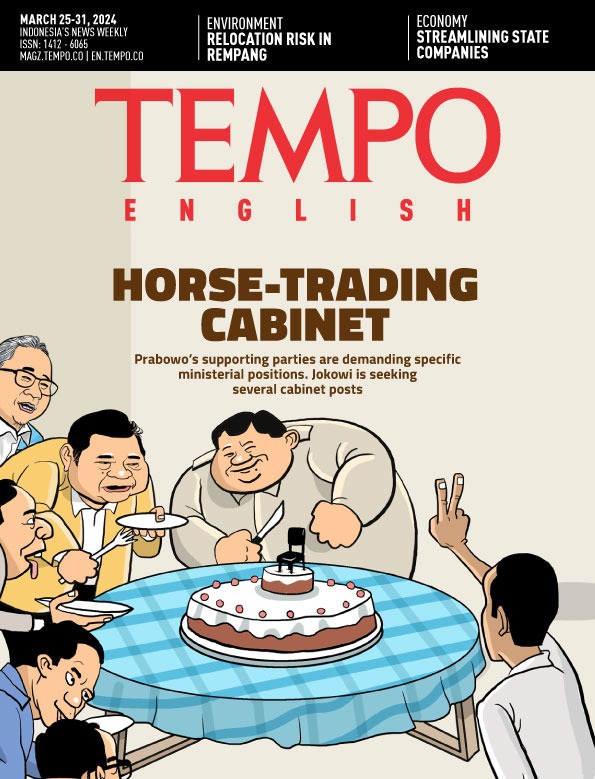Sustyo Iriyono, Director of Forest Prevention and Security Affairs, Environment and Forestry Ministry: Smuggling Done Through Small Ports
Tuesday, July 9, 2019
arsip tempo : 171360086539.

From 2015-2019, the directorate-general of law enforcement at the environment and forestry ministry thwarted 13 sales of the pangolin, collecting 67 kilograms of its scales as evidence, along with 1,840 dead specimens of the animal, and another 17 still alive.
Most recently, last June, a team from the environment ministry, together with the police, arrested Kabul, a dealer who had 28 kilograms of pangolin scales in Semarang, Central Java. Those
...
Subscribe to continue reading.
We craft news with stories.
 For the benefits of subscribing to Digital Tempo, See More
For the benefits of subscribing to Digital Tempo, See More









